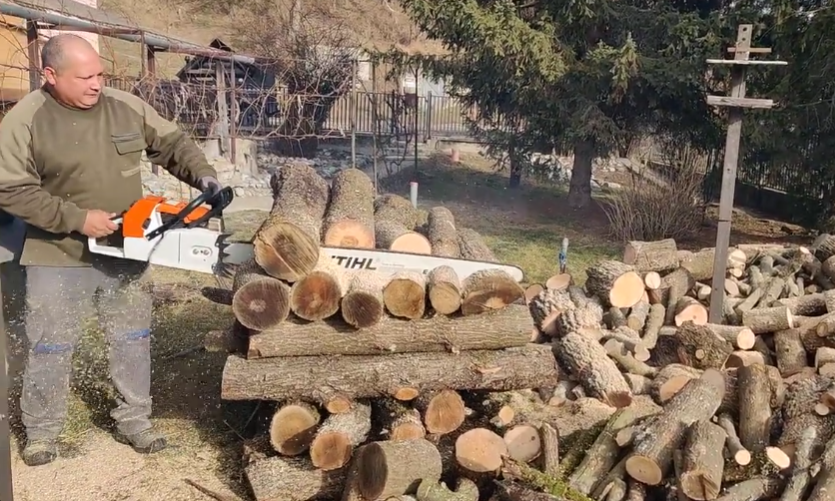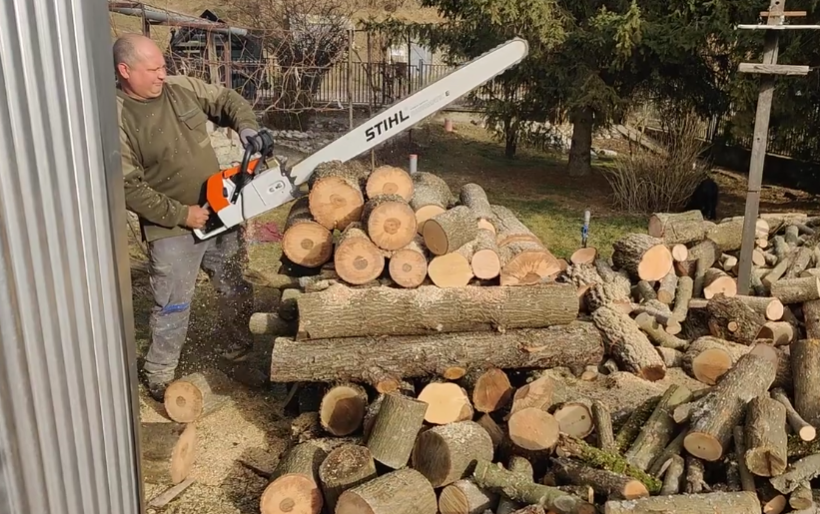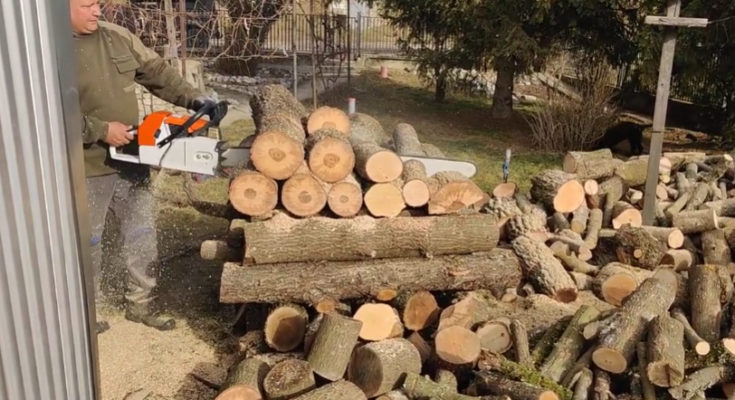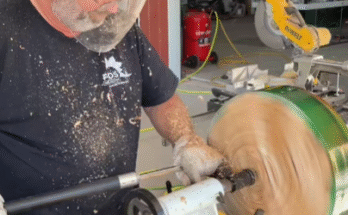
If you’ve recently purchased the Farmertec 880 chainsaw, you’ll want to ensure it’s properly broken in before putting it to full use. Running-in a new chainsaw is an essential step to extend its lifespan, improve performance, and prevent unnecessary wear. In this guide, I’ll walk you through the process of breaking in your Farmertec 880, covering everything from initial setup to best practices for long-term maintenance.

Why Running-In Matters
The running-in process allows the engine components to settle and function optimally. When a chainsaw is brand new, the piston, cylinder, and bearings need time to wear in properly. Skipping this step can result in excessive heat buildup, increased friction, and premature engine wear.
A properly run-in engine:
- Delivers smoother performance
- Ensures optimal fuel efficiency
- Reduces the risk of overheating
- Extends the lifespan of internal components
Step 1: Initial Setup
Before starting the break-in process, you’ll need to set up the saw properly.
- Check Fuel and Oil Mix
- The Farmertec 880 requires a quality two-stroke oil mix. During the break-in period, it’s recommended to use a 40:1 fuel-to-oil ratio (instead of the usual 50:1) to provide extra lubrication.
- Use fresh, high-octane fuel (at least 90 octane) to avoid performance issues.
- Inspect Chain Tension
- A properly tensioned chain ensures safe operation and prevents excessive wear.
- Before each use, ensure the chain isn’t too tight or too loose—there should be slight movement when pulled but not enough to sag from the bar.
- Check All Bolts and Fasteners
- Since a new chainsaw may have loose components due to factory assembly, inspect all bolts, nuts, and fasteners to ensure they are securely tightened.

Step 2: First Start and Idle Period
The first time you start the Farmertec 880, allow it to idle before revving the engine.
- Start the Chainsaw
- Engage the chain brake and use the decompression valve if equipped.
- Pull the starter cord with firm, smooth pulls until the engine fires up.
- Allow the saw to warm up at idle for 5-10 minutes without revving the throttle.
- Monitor for Irregularities
- Listen for unusual noises such as knocking or sputtering.
- Ensure proper fuel flow—if the engine stalls frequently, check the carburetor settings.
- Adjust Idle Speed if Needed
- If the chainsaw stalls too often at idle, a slight carburetor adjustment may be needed.
- Adjust the L (low-speed) screw carefully to improve smooth idling.
Step 3: Gradual Acceleration and Load Testing
Once the chainsaw has idled sufficiently, you can begin lightly engaging the throttle.
- Partial Throttle Usage
- For the first 1-2 tanks of fuel, avoid running the chainsaw at full throttle for extended periods.
- Use light to moderate throttle while making shallow cuts in softwood.
- Cycle Throttle Usage
- Vary the RPMs instead of maintaining a constant speed.
- Rev the engine gradually, then allow it to return to idle.
- Avoid Heavy Loads Initially
- Avoid cutting through thick, dense wood during the first few uses.
- Stick to small branches and softer logs to prevent excessive strain on the new engine components.
Step 4: First Fuel Refill and Check-Up
After completing the first tank of fuel, perform a routine check before continuing use.
- Inspect the Spark Plug
- Remove the spark plug and check for any carbon buildup or signs of fouling.
- A light brown or tan-colored electrode indicates a healthy fuel mixture.
- Clean the Air Filter
- Dust and debris can accumulate quickly, so check and clean the air filter regularly.
- A clogged air filter can lead to reduced performance and overheating.
- Re-Tension the Chain
- A new chain stretches after the first few uses—adjust tension as necessary.
- Check for Leaks or Loose Components
- Inspect the fuel lines, bar oil reservoir, and fasteners to ensure everything is secure.

Step 5: Increasing Performance Gradually
Once you’ve run 2-3 tanks of fuel through the saw, you can begin to increase its workload.
- Increase Cutting Intensity Gradually
- Begin cutting thicker wood, but avoid pushing the saw too hard in the early stages.
- Ensure you’re not forcing the saw through cuts—let the chain do the work.
- Monitor Engine Temperature
- Overheating is a sign of improper lubrication or incorrect carb settings.
- If the chainsaw gets too hot, allow it to cool before continuing use.
- Fine-Tune Carburetor Settings
- Once the engine is fully run-in (after about 5 tanks of fuel), you may need to adjust the carburetor for optimal performance.
- Use the H (high-speed) screw to fine-tune fuel flow at full throttle.
Step 6: Regular Maintenance for Long-Term Performance
After completing the break-in period, ongoing maintenance is key to keeping your Farmertec 880 in top shape.
- Routine Cleaning
- Clean the chainsaw after every use, paying special attention to the air filter, bar, and chain.
- Sharpen the Chain Regularly
- A dull chain reduces efficiency and increases engine strain.
- Use a proper sharpening file or a bench grinder for precision.
- Keep Fuel Fresh
- Avoid using old fuel, as it can cause carburetor issues.
- Drain fuel if storing the saw for long periods.
- Check the Muffler and Exhaust Port
- Carbon buildup in the muffler can restrict exhaust flow and reduce power.
- Clean the exhaust port periodically to ensure optimal performance.

Final Thoughts
Running-in your Farmertec 880 properly is an investment in its longevity and efficiency. Taking the time to break in the engine carefully ensures smoother operation, reduces wear, and optimizes performance. By following these steps, you’ll have a powerful, reliable chainsaw ready for any job.
Whether you’re using it for firewood, felling trees, or heavy-duty cutting, maintaining your saw will ensure it remains a dependable tool for years to come. Happy cutting!



